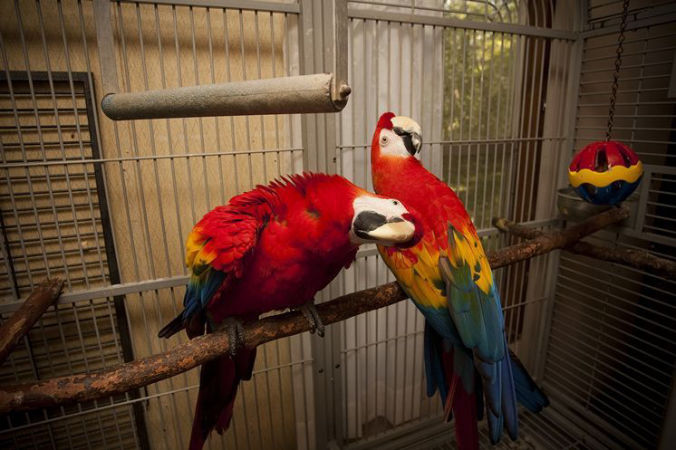
HANDRAREDPARROTS
African Grey Parrots (We ship weaned babies only! A weaned bird is one who can fill their own crop for a minimum of two weeks and maintain a reasonable weight, prior to going to their new home).
Birds are powered by it's own life and by it's motivation.
Healthy Parrots for Sale & Baby Parrots.
Specializing in Hand-Raised Parrots.
HANDRAREDPARROTS
African Grey Parrots (We ship weaned babies only! A weaned bird is one who can fill their own crop for a minimum of two weeks and maintain a reasonable weight, prior to going to their new home).
Birds are powered by it's own life and by it's motivation.
Healthy Parrots for Sale & Baby Parrots.
Specializing in Hand-Raised Parrots.

HANDRAREDPARROTS
Cockatoo (We ship weaned babies only! A weaned bird is one who can fill their own crop for a minimum of two weeks and maintain a reasonable weight, prior to going to their new home).
Birds are powered by it's own life and by it's motivation.
Healthy Parrots for Sale & Baby Parrots.
Specializing in Hand-Raised Parrots.

HANDRAREDPARROTS
Macaw (We ship weaned babies only! A weaned bird is one who can fill their own crop for a minimum of two weeks and maintain a reasonable weight, prior to going to their new home).
Birds are powered by it's own life and by it's motivation.
Healthy Parrots for Sale & Baby Parrots.
Specializing in Hand-Raised Parrots.

HANDRAREDPARROTS
Amazon (We ship weaned babies only! A weaned bird is one who can fill their own crop for a minimum of two weeks and maintain a reasonable weight, prior to going to their new home).
Birds are powered by it's own life and by it's motivation.
Healthy Parrots for Sale & Baby Parrots.
Specializing in Hand-Raised Parrots.







